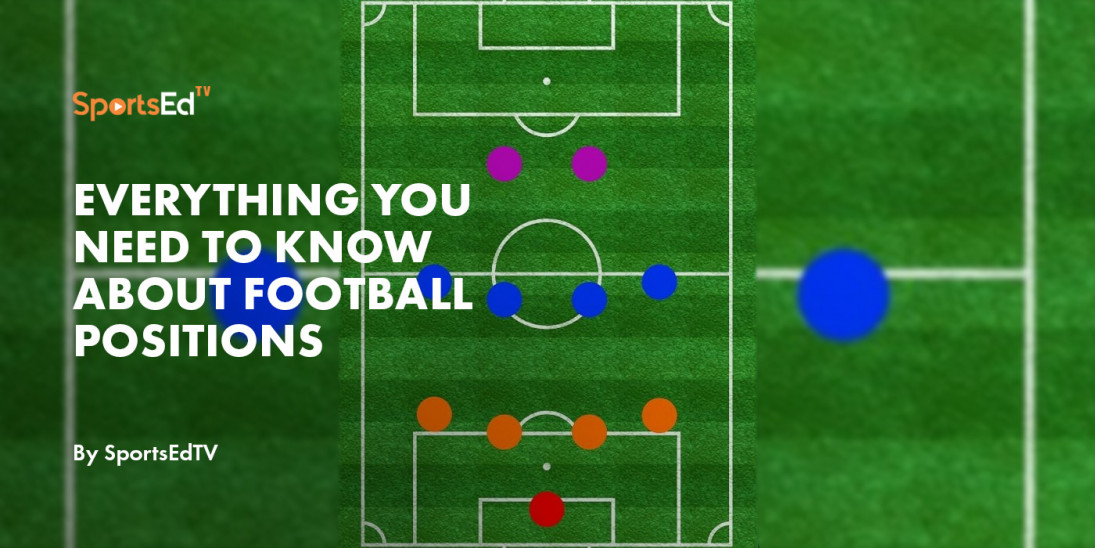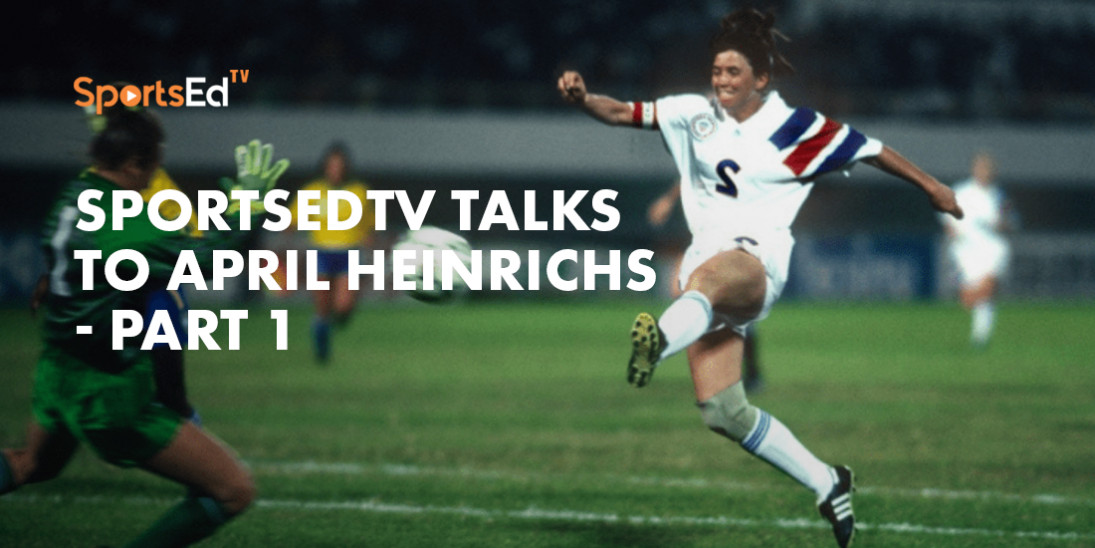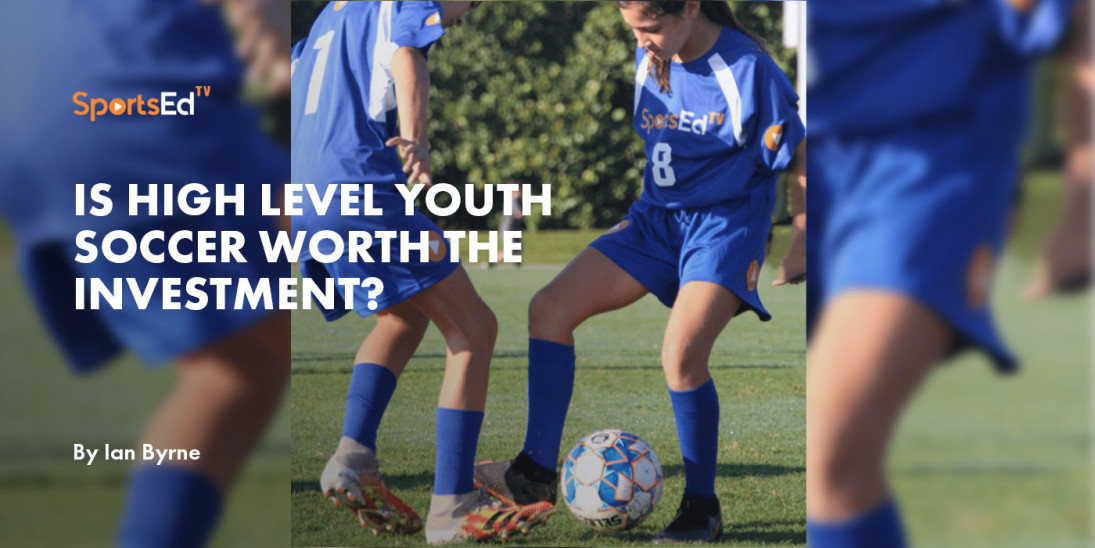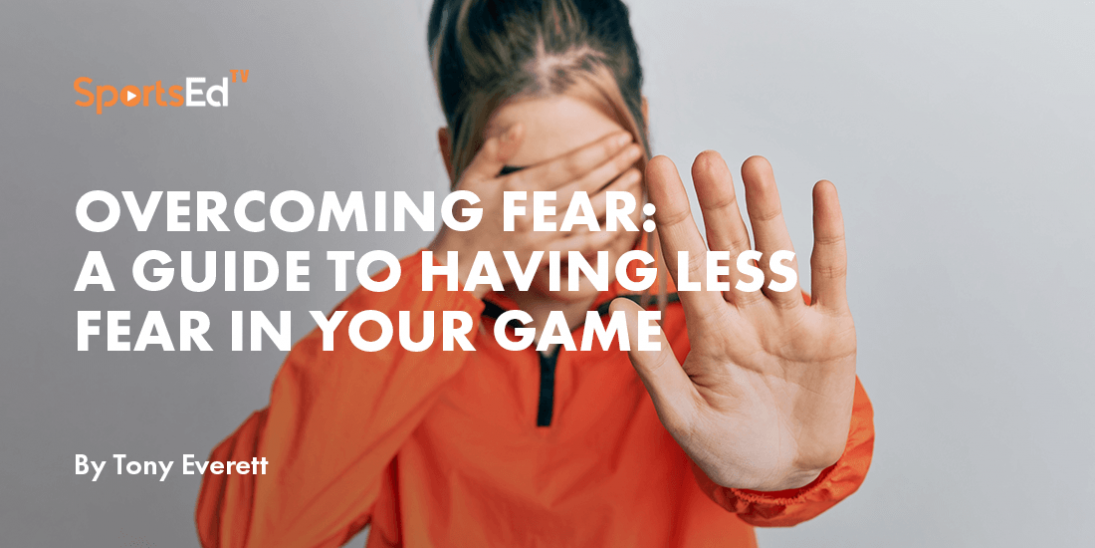Soccer
Welcome and thanks for visiting...

How Do You Dribble In Soccer: 7 Things You Must Practice
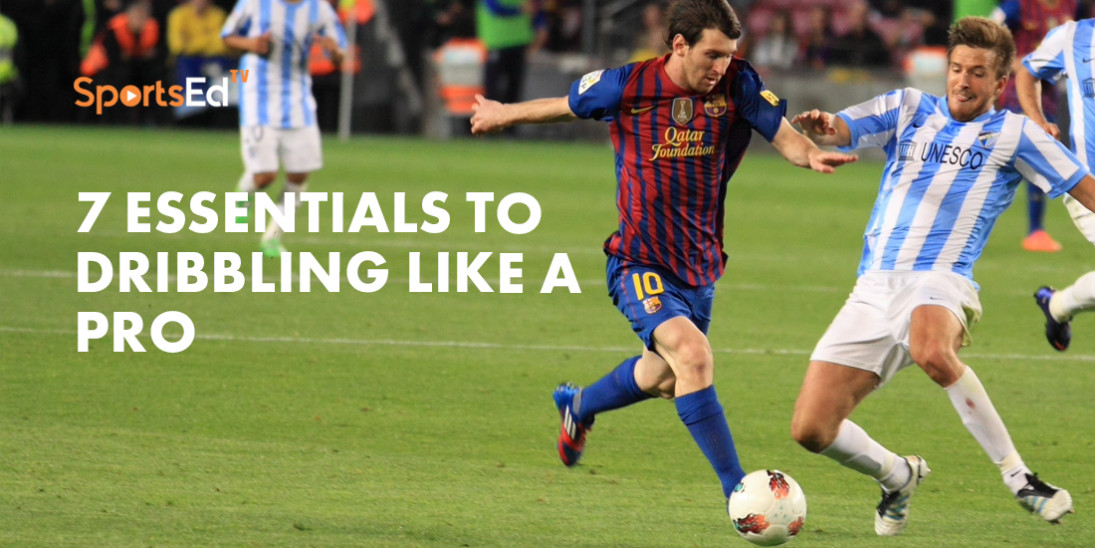
For a limited time only, join SportsEdTV Premium for free!
1. Sign up to join our Soccer Community
2. Select Upgrade
3. Enter Promo Code: S973MdhZ
4. Access our 100s of free resources to help you improve
How Do You Dribble In Soccer: 7 Things You Must Practice
Dribbling is one of the most essential skills in soccer. The word can apply to many different scenarios, techniques, and functions. Generally speaking, dribbling is the act of moving with the ball at your feet while remaining in control of it. To dribble an opponent means to carry the ball past them, thwarting their attempt to take the ball, and often involves some type of skill, fake, and/or a change of direction and/or speed which allows the dribbler to move past the defender without them taking the ball. So, how do you dribble in soccer?
There are a number of different key abilities that successful dribblers must have. Focus on each of these 7, practice the drills shown in the videos with patience and dedication, and before very long you’ll start to leave defenders in the dust.
Use code SETV10 and get 10% off all FITLIGHT products (no accessories)
1. Master Effective Soccer Ball Control
In the context of dribbling, having effective ball control generally means that each time you touch the ball, it goes exactly where you want. If you want to push the ball just slightly in front of you, and it ends up 5 steps away, you may need to work on your ball control (but don’t worry, we’re here to help!). The same can be said for touches in all directions, at all distances, and with all parts of the foot (this means inside toe, outside toe, top of foot, sole of foot, heel, instep, and outside of foot). When each of your touches takes the ball in the desired direction, at the desired angle, speed and distance, and you can do this while moving with the ball at speed with any part of your foot, you have developed excellent ball control. Here are some great ways to improve your ball control while dribbling:
The Cone Mine
Tight Corner Dribbling
Inside Outside 1
Inside Outside 2
The V Turn
Pull Back and Push (Advanced)
2. Master Effective Soccer Ball Control With Both Feet
Next, effective dribblers must be able to do so with both feet. Before worrying about skill moves and fancy tricks, focus on developing the proper ball control with your non-dominant foot. Make sure you are doing all of the previously shown exercises with both feet!
3. Keep Your Head Up
A common mistake players make while dribbling is that they keep their head down, looking at the ball and their feet. It’s important to develop your ability to dribble without looking at the ball. It’s considerably more difficult, but it allows you to get your head up and see what is going on around you (like which teammate is open for a pass, where the defenders are if there is a shot open, etc.). This ability comes from focusing on keeping your head up while doing any dribbling exercise. When practicing, focus on not looking down but keeping your gaze forward and aware of your surroundings. Even if you are dribbling alone as practice, note things about the environment in front of you. If you’re outside, count how many trees there are in front of you, count the number of cars that drive by, or birds that fly by, or anything like that to make you practice dribbling with your head up while thinking about your environment will vastly improve your ability. It takes time to learn, but with practice, you will get there. While practicing the exercises shown above (and the ones later in this article), get your head up as much as you can.
4. Effective Decision Making in Soccer
The purpose of learning to dribble with your head up is ultimately to allow you to make better decisions. Effective decision-making really requires two things: information and experience/game knowledge. Information in this case means you need to know everything that is going on around you - this is achieved by keeping your head up and paying attention. Next, you need to respond to that information with a decision on what you will do next - this is experience/game knowledge. Experience means recognizing “I’ve seen this situation, or a similar situation, before, and I think I know how to respond”. For example, let’s say you are dribbling the ball down the middle of the field in the attacking half. You see your right winger make a run down the line. There’s quite a bit of information to absorb in order to decide if the pass is right or not. What is the timing of your teammate’s run like? (is he/she about to be offside?) What is the opposing left fullback doing? Does he/she see your teammate making the run, or is he/she unaware of the run? Is there a passing lane open to meet your teammate’s run? What are all the other teammates and opposing players doing? Is there a better option? How much space and time do you have?
All of this can only be absorbed if your head is up. So that’s the first key. However, absorbing that information is only half of it. The other half is using the information to make the right decision. This is a more difficult thing to train, as ultimately it comes from experience and game knowledge. The more games you play and watch, the more you start to get a feel for each situation and how to respond. It’s essential that you are constantly playing, watching, and reading about the game to improve. It doesn’t matter how technically good at dribbling you are, if you don’t know how to decide when and where to dribble vs when and where to pass, you’ll struggle. So keep in mind that game knowledge and experience are keys to being an effective dribbler. Get out on the field as much as you can, watch as much as you can and observe how pro players make decisions, and never stop learning!
5. Learn How To Use Your Whole Body
Another critical step in improving your dribbling is learning to use your whole body. Dribbling is not just done with the legs, your upper body will actually often make the difference between a successful dribble and losing the ball. The skill you must learn is how to shield the ball with your body.
Check out this video explaining a drill to learn the skill, as well as the key aspects of proper shielding technique:
Shielding 1
Shielding 2
And check out this video compilation of Andres Iniesta, Eden Hazard, and Xavi Hernandez shielding the ball. None of them are particularly tall or large, however, they are all a perfect example of how proper shielding technique means you can hold off players much taller and stronger. Notice how they constantly move their body around the ball to keep it between the defenders and the ball. Oftentimes they do this without actually touching the ball, simply pivoting their position to keep the defender blocked out. As the defender moves, so do they, and each time the defender moves a new pocket of space is opened up in their former position that Iniesta/Hazard/Xavi often turns and dribbles into, without ever letting their body be anywhere except between the defender and the ball. They never give defenders access to the ball.
Notice how frequently they use their upper body, including arms, to hold off defenders.
6. Master Changes Of Pace & Direction
Changing direction and pace are essential qualities of dribbling past an opponent. Whether you are performing an advanced skill move, a simple shoulder drop, or simply pushing the ball into space and beating a defender with your speed, a change of pace and/or direction is essential. The optimal way to practice this is to simply replicate the movement in training. Set up some cones in various patterns, and practice different sequences of dribbling slow and fast, and in different directions. Practice activities like these (and as always, use both feet and keep your head up as much as possible):
The Wegerle
Drag Back and Turn Dribble
Figure 8s
7. Learn Fakes & Skill Moves in Soccer
Finally, skill moves are often an effective way to beat defenders. However, learning and using skill moves effectively really depends on all the previously mentioned aspects of effective dribbling. Once you have developed proficiency in those, skill moves are a great addition to your dribbling toolbox. Soccer is a simple game at the end of the day, but fakes, nutmegs, stepovers, and different ways of turning from the Maradona to the Cruyff, all do have their places in effective dribbling.
The Double Step Over
The Cruyff Turn
The Nutmeg (2 variations)
Mastering how to dribble takes time, but it can take your game to the next level. Stay patient, practice each aspect mentioned here, and you'll see yourself improving before long!
Follow SportsEdTV Soccer on Facebook and Instagram to stay up-to-date with the latest content



